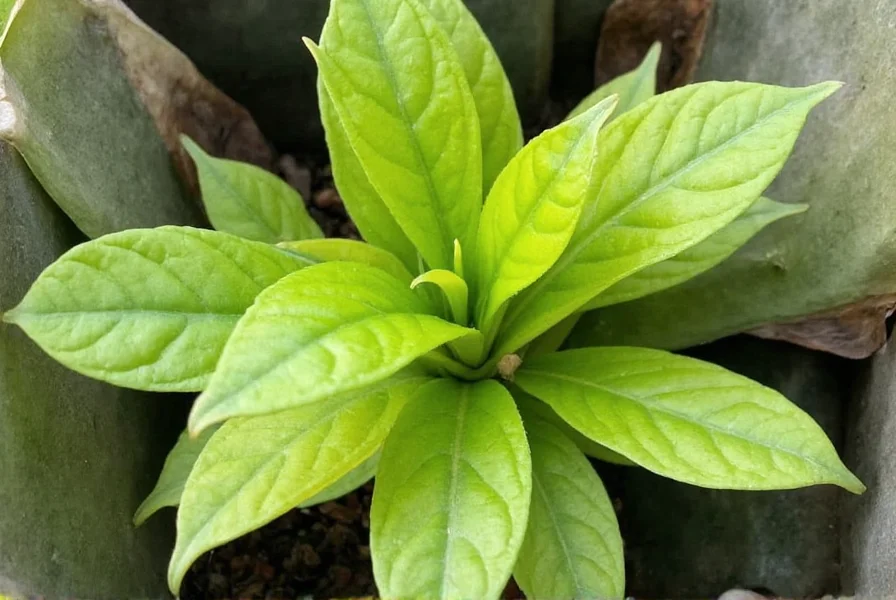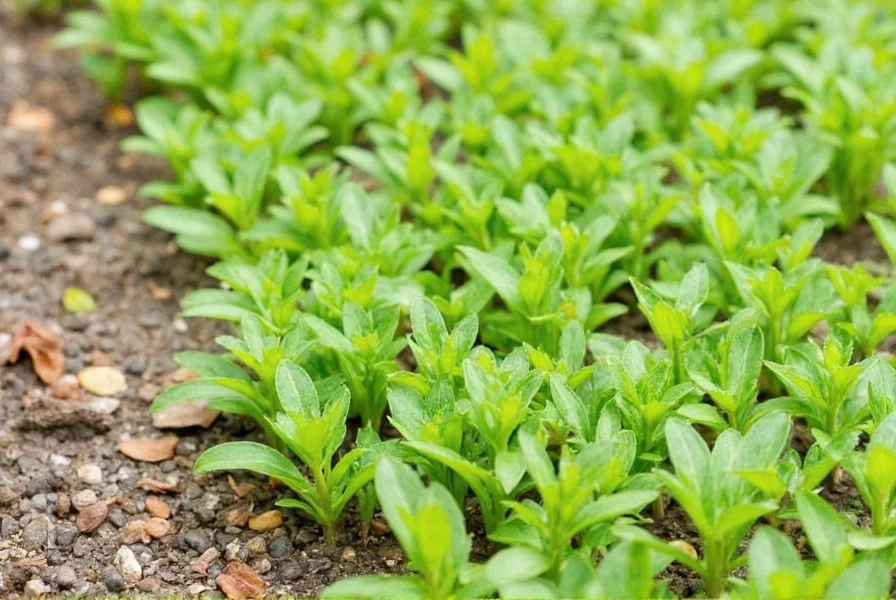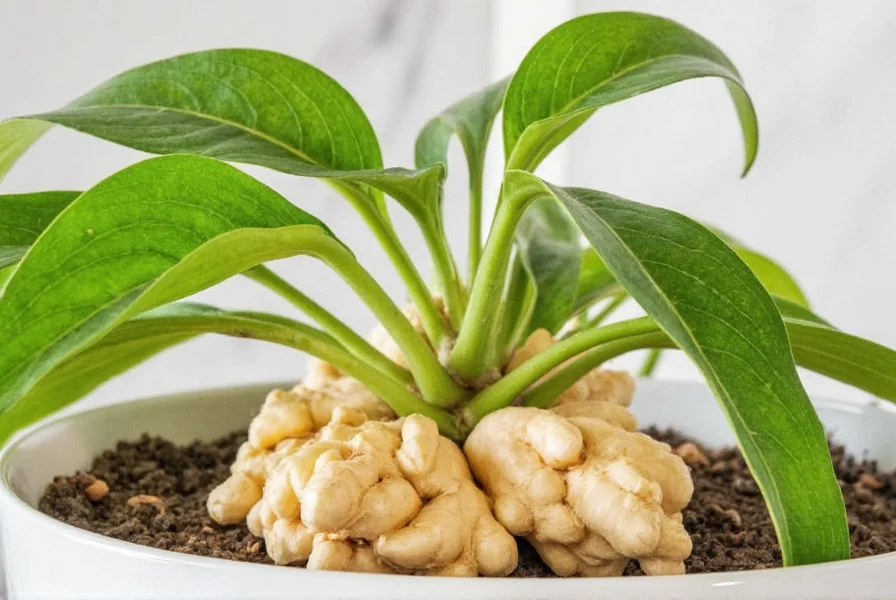Indoor ginger cultivation offers a rewarding way to enjoy fresh, organic ginger year-round regardless of your climate or outdoor space limitations. Unlike outdoor growing, indoor environments provide controlled conditions that protect ginger from temperature extremes and pests while allowing for continuous harvest. This comprehensive guide details every step of the process based on proven horticultural practices for growing ginger in containers indoors.
Why Grow Ginger Indoors?
Indoor ginger cultivation solves several common gardening challenges. Urban dwellers without yard space, residents in cold climates, and those seeking pesticide-free ginger all benefit from container growing. The controlled environment prevents root rot from excessive rain, eliminates common outdoor pests, and allows for year-round production. Plus, homegrown ginger typically contains three times more active compounds than store-bought varieties that have been in storage for weeks.

Essential Materials for Indoor Ginger Growing
Successful indoor ginger cultivation starts with the right materials. Unlike many plants, ginger requires specific conditions to thrive in containers. Here's what you'll need:
| Item | Requirements | Recommended Options |
|---|---|---|
| Ginger Root | Plump, firm with multiple 'eyes' (buds) | Organic grocery store ginger (non-irradiated) |
| Container | 12-16 inches wide, 8-10 inches deep, drainage holes | Wide ceramic or plastic pot, half whiskey barrel |
| Soil Mix | Well-draining, slightly acidic (pH 5.5-6.5) | 2 parts potting soil, 1 part perlite, 1 part compost |
| Light | 4-6 hours indirect sunlight daily | East-facing window or 600-800 lux grow lights |
| Water | Consistent moisture, never soggy | Rainwater or filtered water at room temperature |
Step-by-Step Indoor Ginger Growing Process
Follow these steps for successful ginger cultivation indoors:
1. Root Selection and Preparation
Choose plump, firm ginger roots with multiple visible 'eyes' (buds). Organic ginger works best as conventional grocery store ginger is often treated with growth inhibitors. Soak the root in warm water for 2-4 hours to stimulate growth. Cut sections with at least one eye per piece, allowing cut surfaces to dry for 24 hours before planting to prevent rot.
2. Planting Your Ginger
Fill your container with 2-3 inches of your soil mix. Place ginger sections horizontally with eyes facing up, covering with 1-2 inches of soil. Water thoroughly until drainage begins, then allow excess water to drain completely. Position in a warm location (75-85°F) with indirect light while waiting for sprouts.
3. Ongoing Care Requirements
Maintain consistent moisture—never let the soil dry completely, but avoid waterlogging. Ginger prefers 70-90% humidity, so mist leaves regularly or use a humidity tray. Feed monthly with balanced liquid fertilizer (10-10-10) diluted to half strength during active growth. Rotate the container weekly for even light exposure.
Ginger Growth Timeline Indoors
Understanding the growth stages helps set realistic expectations for indoor ginger cultivation:
- Weeks 1-4: Sprouting phase - Keep soil consistently moist. First shoots appear as small green spikes.
- Months 2-4: Leaf development - Plants grow 12-24 inches tall with reed-like stems. This is when you can begin harvesting small amounts.
- Months 5-8: Rhizome development - Underground ginger begins thickening. Reduce watering slightly to encourage rhizome growth.
- Months 8-10: Maturation phase - Full harvest time. Leaves yellow and die back naturally.

Troubleshooting Common Indoor Ginger Problems
Even with proper care, indoor ginger may encounter issues. Here's how to address them:
Yellowing Leaves
Cause: Overwatering or nutrient deficiency. Solution: Check soil moisture before watering—only water when top inch feels dry. Apply balanced fertilizer monthly during growing season. Ensure proper drainage.
Root Rot
Cause: Poor drainage or excessive moisture. Solution: Repot immediately in fresh, well-draining mix. Trim affected roots. Water only when top inch of soil is dry. Consider adding more perlite to your soil mix.
Slow Growth
Cause: Insufficient light, cool temperatures, or nutrient deficiency. Solution: Move to brighter location (east window ideal), maintain temperatures above 70°F, and feed with balanced fertilizer every 4-6 weeks during active growth.
Harvesting and Storing Your Indoor Ginger
You can harvest ginger at different stages depending on your needs:
- Young ginger (4-6 months): Harvest small amounts by carefully digging around the edges of the container. Provides tender, less fibrous ginger with milder flavor.
- Mature ginger (8-10 months): When leaves yellow and die back, stop watering for 1-2 weeks, then empty the container and harvest the entire rhizome. Cure for 3-5 days in a warm, dry location before storage.
Store harvested ginger in a paper bag in the refrigerator vegetable drawer for 2-3 weeks. For longer storage, freeze peeled ginger chunks or preserve in vinegar. Never store ginger in plastic bags as this promotes mold growth.
Frequently Asked Questions
Can I grow ginger from store-bought ginger root?
Yes, but choose organic ginger as conventional grocery store ginger is often treated with growth inhibitors. Look for plump roots with multiple visible 'eyes' (buds). Soak in warm water for 2-4 hours before planting to stimulate growth.
How long does it take to grow ginger indoors?
Ginger requires 8-10 months to reach full maturity indoors. You can begin harvesting small amounts after 4 months for fresh use, but the rhizomes reach optimal size and flavor after 8-10 months of growth under proper conditions.
What's the best container for growing ginger indoors?
Choose a wide container (12-16 inches in diameter) rather than deep, as ginger grows horizontally. Ensure it has drainage holes and is at least 8-10 inches deep. Plastic or glazed ceramic pots work well as they retain moisture better than terra cotta. A half whiskey barrel makes an excellent large container option.
Why are my ginger plant's leaves turning yellow?
Yellowing leaves typically indicate overwatering or nutrient deficiency. Check soil moisture before watering—only water when the top inch feels dry. Apply a balanced liquid fertilizer monthly during the growing season. Ensure your container has proper drainage to prevent root rot, which also causes yellowing.
Can I grow ginger in water indoors?
While you can start ginger in water to encourage sprouting, long-term growth requires soil. Ginger needs the nutrients and structure that only soil provides for proper rhizome development. Water-only cultivation results in weak, spindly growth with minimal rhizome production. Use a well-draining soil mix for best results.











 浙公网安备
33010002000092号
浙公网安备
33010002000092号 浙B2-20120091-4
浙B2-20120091-4